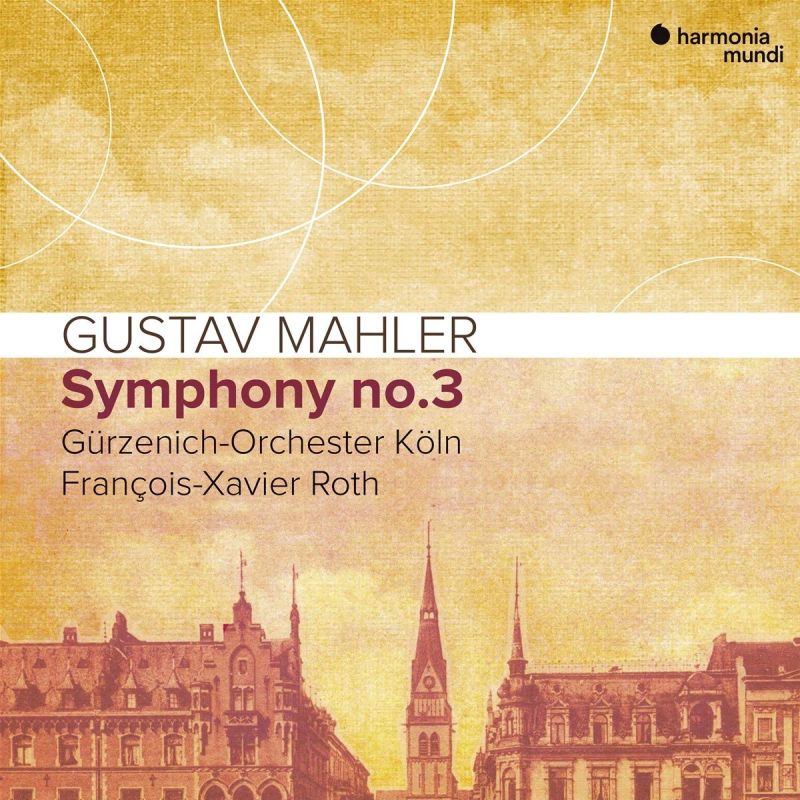MAHLER Symphony No 3 (Roth)
View record and artist detailsRecord and Artist Details
Composer or Director: Gustav Mahler
Genre:
Orchestral
Label: Harmonia Mundi
Magazine Review Date: 04/2019
Media Format: CD or Download
Media Runtime: 93
Mastering:
DDD
Catalogue Number: HMM90 5314

Tracks:
| Composition | Artist Credit |
|---|---|
| Symphony No. 3 |
Gustav Mahler, Composer
Boys and Girls of the Cologne Cathedral Choir Cologne Gürzenich Orchestra François-Xavier Roth, Conductor Gustav Mahler, Composer Sara Mingardo, Contralto Schola Heidelberg Women's Choir |
Author: Peter Quantrill
Roth points up nature-writing here and in the Scherzo just a hill or two away from both Dvořák and Mahler’s friend JB Foerster, and we lose nothing by putting his much-vaunted originality in context. There are, however, more misterioso accounts of the posthorn solo on record, and ones where spot-miking doesn’t bring you up short with a flute or clarinet in your ear just as you’re contemplating the beauties of Mahler’s expanding universe. So far only the Fifths have gone head to head in Harmonia Mundi’s competing Mahler cycles from Harding and Roth, and the Cologne engineering has come off second best.
There is also a rather half-hearted attempt to deal with the oboe glissando implied by Mahler’s much-interpreted hinaufziehen marking in the fourth movement. However, the sense of the symphony’s direction of travel is sufficiently sure by this point for Sara Mingardo’s solo to do more than bestow dignity or gaze navel-wards. There is a Wunderhorn-style warmth and energy to her singing that leads us naturally into the fifth movement’s angelic tableau (beautifully sonorous bells, boys and girls too).
It’s a rare kind of Third where Mahler’s original idea to end the symphony with the child’s view of heaven as eventually glimpsed through the window of the Fourth doesn’t seem as absurd a misjudgement of scale as all that. This is Roth’s considerable achievement, even while he brings the finale itself home as a necessary and eventually emphatic fulfilment, coaxing from the strings expression quite as daringly hushed, flexible and tender as Teodor Currentzis (a recent and engrossing SWR performance available via YouTube). If you tend towards William Walton’s view that the Third is all very well, ‘but you can’t call that a symphony’, Bernstein’s and Tennstedt’s spiritual testaments notwithstanding, then do give Roth a try.
Discover the world's largest classical music catalogue with Presto Music.

Gramophone Digital Club
- Digital Edition
- Digital Archive
- Reviews Database
- Full website access
From £8.75 / month
Subscribe
Gramophone Full Club
- Print Edition
- Digital Edition
- Digital Archive
- Reviews Database
- Full website access
From £11.00 / month
Subscribe
If you are a library, university or other organisation that would be interested in an institutional subscription to Gramophone please click here for further information.




